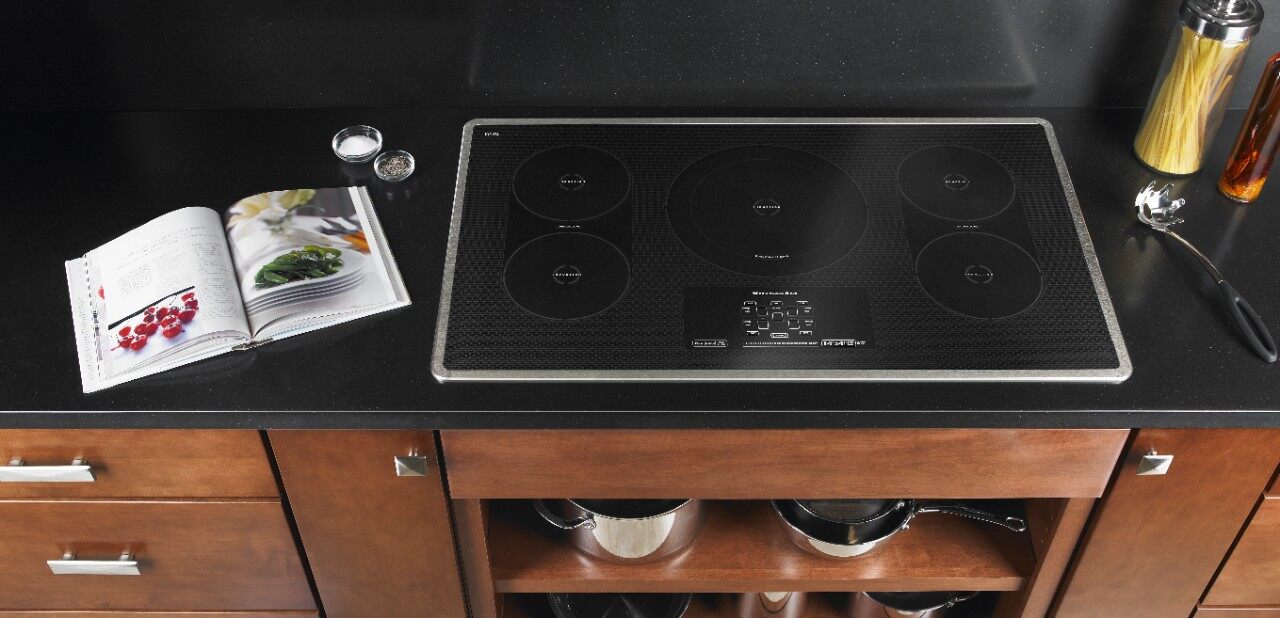

Articles
How To Use Kitchenaid Induction Cooktop
Modified: January 19, 2024
Learn how to effectively use your Kitchenaid induction cooktop with these helpful articles. Expert tips and advice for optimal cooking results.
(Many of the links in this article redirect to a specific reviewed product. Your purchase of these products through affiliate links helps to generate commission for Storables.com, at no extra cost. Learn more)
Introduction
Induction cooktops have gained immense popularity in recent years due to their efficiency, precision, and safety features. Kitchenaid, a reputable brand in the culinary world, offers a range of high-quality induction cooktops that are designed to elevate your cooking experience.
In this article, we will explore the various benefits of using a Kitchenaid induction cooktop, delve into the safety measures you should take while using it, provide guidance on how to properly install and understand the control panel, and offer tips for utilizing its features to enhance your cooking. Whether you are a seasoned chef or a home cook looking to upgrade your kitchen appliances, this guide will help you make the most of your Kitchenaid induction cooktop.
So, let’s dive in and discover the wonderful world of Kitchenaid induction cooktops!
Key Takeaways:
- Elevate your cooking experience with Kitchenaid induction cooktops, offering efficiency, precision, and safety. Enjoy even heating, easy cleaning, and sleek design for a modern kitchen upgrade.
- Prioritize safety, proper installation, and understanding the control panel to make the most of your Kitchenaid induction cooktop. Cook with compatible cookware, utilize the power boost feature, and maintain regular cleaning for optimal performance.
Read more: How To Use A Gasland Chef Cooktop
Benefits of Kitchenaid Induction Cooktop
Investing in a Kitchenaid induction cooktop offers a multitude of advantages that can transform your cooking experience. Here are some of the key benefits:
- Efficiency: Kitchenaid induction cooktops are known for their remarkable efficiency. Compared to traditional gas or electric cooktops, induction cooktops heat up faster and waste less heat, resulting in faster cooking times and lower energy consumption. This efficiency not only saves you time but also reduces your energy bills.
- Precision Cooking: Induction cooktops provide precise temperature control, allowing you to adjust the heat to the exact level you desire. This level of control is especially valuable when preparing delicate dishes that require precise temperature adjustments, such as sauces or custards.
- Even Heating: Unlike gas or electric cooktops, induction cooktops heat the cookware directly, rather than the surface of the cooktop. As a result, heat distribution is more even, ensuring consistent cooking results across the entire surface of the pan. This eliminates hot spots and reduces the risk of food burning or undercooking.
- Improved Safety: Safety is a top priority in any kitchen, and Kitchenaid induction cooktops excel in this area. As induction cooktops do not have an open flame or exposed heating elements, the risk of burns or accidental fires is significantly reduced. Additionally, the cooktop surface remains cool to the touch, reducing the chances of accidental burns while cooking.
- Easy Cleaning: The smooth, glass-ceramic surface of Kitchenaid induction cooktops is easy to clean. Since the cooktop does not generate direct heat, any spills or splatters are less likely to burn onto the surface. Simply wipe the surface with a damp cloth or a non-abrasive cleaner, and your cooktop will look as good as new.
- Sleek and Modern Design: Kitchenaid induction cooktops offer a sleek and modern aesthetic that can enhance the overall look of your kitchen. With their minimalist design and smooth glass surface, they blend seamlessly with any kitchen decor.
With these impressive benefits, it’s no wonder that Kitchenaid induction cooktops are popular among home cooks and professional chefs alike. The combination of efficiency, precision, safety, and sleek design makes them a valuable addition to any kitchen.
Safety Measures
While using a Kitchenaid induction cooktop, it is essential to prioritize safety to ensure a worry-free and enjoyable cooking experience. Here are some safety measures to keep in mind:
- Read the User Manual: Before using your Kitchenaid induction cooktop, thoroughly read the user manual provided by the manufacturer. This will familiarize you with the specific safety instructions and guidelines for your model.
- Use Compatible Cookware: Induction cooktops require cookware made with magnetic materials, such as cast iron or stainless steel. Ensure that your cookware is compatible with induction cooking by checking for the induction symbol on the bottom of the cookware. Using non-compatible cookware can result in inefficient heating or damage to the cooktop.
- Avoid Placing Objects on the Cooktop: Keep the cooktop surface clear of any objects, utensils, or food containers. Placing items on the cooktop can interfere with the induction process and lead to accidents or damage.
- Keep an Eye on Children: When using the induction cooktop, make sure to keep children away from the cooking area to prevent accidental burns or injuries. It is also advisable to turn off the cooktop immediately after use to avoid any mishaps.
- Use Cooktop with Clean Hands: Ensure your hands are clean and dry when operating the cooktop. Moisture or food residue on your hands can interfere with the control panel and lead to unintended actions or accidents.
- Avoid Overheating: Overheating can occur if a pot or pan is left on the cooktop without any food or liquid inside. Always ensure that there is something in the cookware when using the cooktop to prevent overheating and damage to the cookware and cooktop surface.
- Turn Off the Cooktop Properly: When you finish cooking, be sure to turn off the cooktop and remove the cookware from the surface. Leaving the cooktop unattended can lead to accidents or unintentional activation of the cooktop.
- Keep the Cooktop Clean: Regularly clean the cooktop to prevent buildup of food debris, which can cause damage or interfere with the induction process. Follow the manufacturer’s instructions for cleaning and use only non-abrasive cleaners recommended for glass-ceramic surfaces.
By following these safety measures, you can ensure a safe cooking environment and enjoy the benefits of your Kitchenaid induction cooktop with peace of mind.
Proper Installation of Kitchenaid Induction Cooktop
Proper installation of your Kitchenaid induction cooktop is crucial to ensure its optimal performance and safety. Here are the key steps to follow:
- Select the Right Location: Choose a suitable location for your cooktop that is near an electrical outlet and away from any flammable materials. Ensure that there is enough space around the cooktop for ventilation and easy access during cooking.
- Check Electrical Requirements: Before installing the cooktop, verify that your kitchen has the appropriate electrical wiring to support an induction cooktop. Consult a qualified electrician if necessary to ensure compliance with electrical codes and requirements.
- Level the Cooktop: Use a level to ensure that the cooktop is level horizontally and vertically. This will ensure even heating and prevent any pooling of liquids or ingredients during cooking.
- Secure the Cooktop: Once the cooktop is level, secure it to the countertop using the provided mounting brackets or screws. This will prevent the cooktop from shifting or moving during use.
- Connect the Electrical Wiring: Follow the manufacturer’s instructions to connect the electrical wiring properly. If you are not confident in your electrical skills, it is recommended to hire a licensed electrician to handle the wiring installation.
- Test the Cooktop: After the installation is complete, perform a test run of the cooktop to ensure that all burners are functioning correctly and heating evenly. Check the control panel and familiarize yourself with the various settings and features.
- Double Check Safety Features: Ensure that all safety features of the cooktop are working correctly, such as the child lock function or overheating protection. Familiarize yourself with these features to prevent any accidents or mishaps during cooking.
- Keep Installation Manual Handy: Retain the installation manual in a safe and easily accessible place for future reference. It will contain important information and troubleshooting tips that may be helpful in the future.
Proper installation of your Kitchenaid induction cooktop is crucial to its performance, safety, and longevity. If you are unsure about any aspect of the installation process, it is recommended to consult a qualified professional to ensure everything is installed correctly.
Understanding the Control Panel
Once your Kitchenaid induction cooktop is installed and ready to use, it’s essential to familiarize yourself with the control panel. Understanding how to navigate and utilize the control panel will allow you to take full advantage of the cooktop’s features and ensure precise cooking results.
Here are the key components and features you will find on the control panel:
- Power Button: This button is used to turn the cooktop on and off. Press the power button to switch the cooktop on, and press it again to turn it off.
- Heat Settings: Most induction cooktops have separate heat settings for each cooking zone. These settings allow you to adjust the heat intensity from low to high, depending on your cooking needs. Use the “+” and “-” buttons to increase or decrease the heat level.
- Boost Function: The boost function is a valuable feature that provides rapid heat for quick searing or boiling. This function temporarily increases the heat to its maximum level for a specified period. Look for the “boost” button on the control panel to activate this feature.
- Timer: The timer function allows you to set a specific cooking time for each cooking zone. Simply press the timer button, select the desired cooking time using the “+” and “-” buttons, and the cooktop will automatically shut off once the timer reaches zero.
- Lock Function: The lock function is used to prevent accidental changes in settings during cooking. When activated, it will lock all buttons on the control panel. Look for the lock button symbol on the control panel to enable or disable this feature.
- Indicator Lights: Indicator lights on the control panel provide useful information about the cooktop’s status. These lights may include power on/off, heat level, timer countdown, and error indicators if a problem occurs. Refer to the user manual for a detailed explanation of the indicator lights specific to your model.
Take the time to read the user manual provided with your Kitchenaid induction cooktop as it will offer detailed information on the control panel and its functions. Familiarize yourself with the layout, symbols, and their corresponding functions for efficient and effortless operation.
Understanding how to navigate the control panel will make your cooking experience more enjoyable and allow you to take advantage of the various features and settings offered by your Kitchenaid induction cooktop.
Using the Power Boost Feature
The Power Boost feature on your Kitchenaid induction cooktop is a convenient function that allows you to quickly bring your cookware to high heat. Whether you want to rapidly boil water or sear meat, the Power Boost feature can help you achieve your desired results in no time. Here’s how to use it:
- Ensure that the cooktop is turned on and the appropriate cooking zone is selected.
- Select the desired cooking zone by pressing the corresponding button on the control panel. The selected cooking zone should be illuminated.
- Place your compatible cookware, such as a stainless steel or cast iron pan, on the selected cooking zone.
- Press the “Boost” button on the control panel. The Power Boost function will activate, and the selected cooking zone will provide maximum power for a specified period.
- Monitor the cooking process closely as the Power Boost function generates intense heat. It is recommended to reduce the heat to a lower setting after the initial power boost to prevent food from burning or overcooking.
It’s important to note that the Power Boost feature is designed for short bursts of high heat and may not be suitable for all types of cooking. While it is excellent for boiling water or quickly searing ingredients, it’s best to use standard heat settings for simmering or gentle cooking.
Using the Power Boost feature sparingly can help conserve energy and prevent excessive wear and tear on your cookware. It’s advisable to refer to the user manual provided by Kitchenaid to get more specific instructions on the Power Boost feature for your model.
By utilizing the Power Boost feature effectively, you can expedite your cooking process and achieve professional results with your Kitchenaid induction cooktop.
When using a Kitchenaid induction cooktop, make sure to use cookware with a flat, magnetic bottom for best results. Avoid using cookware with a curved or uneven bottom, as it may not make proper contact with the cooktop surface.
Adjusting Heat Settings
One of the key advantages of a Kitchenaid induction cooktop is the ability to precisely control the heat settings for optimal cooking results. Whether you need a gentle simmer or a high sear, understanding how to adjust the heat settings will enhance your culinary experience. Here’s how:
- Select the Desired Cooking Zone: Before adjusting the heat settings, ensure that you have selected the appropriate cooking zone on the control panel. Each cooking zone can be adjusted independently to accommodate different cooking needs.
- Identify the Heat Level: Look for the markings or symbols on the control panel that indicate the heat levels. These symbols may appear as numeric values or descriptive terms such as low, medium, or high heat.
- Use the “+” and “-” Buttons: To adjust the heat level, use the “+” and “-” buttons on the control panel. Press the “+” button to increase the heat and the “-” button to decrease it. Each press of the button will make incremental changes to the heat level.
- Observe and Fine-Tune: As you adjust the heat settings, observe the intensity of the heat and how it affects your cooking. If you need a higher or lower heat level, continue to make adjustments by pressing the “+” or “-” buttons until you achieve the desired temperature.
- Familiarize Yourself with the Heat Range: Each Kitchenaid induction cooktop has a specific heat range. It’s essential to familiarize yourself with the range and understand the maximum and minimum heat levels. This will help you gauge the appropriate settings for different cooking techniques.
- Experiment and Take Notes: To become familiar with your cooktop and its heat levels, it can be helpful to experiment with different heat settings for various recipes. Take note of the heat levels that work best for your favorite dishes, allowing you to replicate those temperature settings in the future.
By mastering how to adjust the heat settings of your Kitchenaid induction cooktop, you can exercise precise control over your cooking, ensuring that your dishes are prepared to perfection every time. Remember to consult the user manual provided by Kitchenaid for specific instructions and recommendations tailored to your model.
Enjoy the flexibility and accuracy that adjusting heat settings adds to your cooking repertoire with your Kitchenaid induction cooktop.
Cooking with Various Cookware
When it comes to cooking with a Kitchenaid induction cooktop, using the right cookware is essential for optimal performance and safety. Induction cooking relies on the magnetic properties of the cookware to generate heat, so it’s important to choose cookware that is compatible with induction technology. Here’s what you need to know about cooking with various types of cookware:
- Magnetic Cookware: Induction cooktops require cookware that is made with magnetic materials, such as cast iron or stainless steel. These types of cookware have a magnetic bottom that allows them to create a strong connection with the cooktop surface. When purchasing new cookware, look for the induction symbol or the “induction-compatible” label to ensure compatibility.
- Avoid Non-Magnetic Cookware: Cookware made from non-magnetic materials, such as aluminum, copper, or glass, will not work on an induction cooktop unless they have a magnetic base attached. These materials do not have the necessary magnetic properties to generate heat on induction surfaces.
- Cookware Size: The size of your cookware should match the size of the cooking zone on the induction cooktop. Using cookware that is too small for the cooking zone may result in inefficient heating, while using cookware that is too large may waste energy and lead to uneven cooking.
- Flat Bottom: To ensure proper heat transfer, use cookware with a flat and even bottom. A curved or warped bottom may not make sufficient contact with the cooktop surface, resulting in uneven and inefficient cooking.
- Handle Safety: Pay attention to the handles of your cookware when using an induction cooktop. Make sure that the handles are heat-resistant and securely attached. This will allow you to safely move the cookware during cooking without the risk of burns or accidents.
- Proper Maintenance: To prolong the lifespan of your cookware, it’s important to follow the manufacturer’s instructions for care and maintenance. Avoid using abrasive cleaners or metal utensils that may scratch the cookware’s surface. Additionally, ensure that the cookware is thoroughly clean and dry before using it on the cooktop.
By following these tips and guidelines, you can cook with confidence on your Kitchenaid induction cooktop. Using the appropriate cookware will ensure efficient heat distribution, precise temperature control, and safe cooking.
Remember to refer to the user manual provided by Kitchenaid for specific recommendations and guidelines for cookware compatibility with your model of induction cooktop. Enjoy the versatility and efficiency that induction cooking brings to your kitchen!
Cleaning and Maintenance
Proper cleaning and maintenance of your Kitchenaid induction cooktop are essential to keep it looking and performing its best. By following these cleaning and maintenance tips, you can prolong the lifespan of your cooktop and ensure optimal cooking results:
- Regular Surface Cleaning: After each use, allow the cooktop to cool down before cleaning. Use a soft damp cloth or sponge and a mild non-abrasive cleaner specifically designed for glass-ceramic surfaces. Avoid using harsh chemicals, abrasive cleaners, or scouring pads that can cause scratches or damage to the cooktop surface.
- Spill and Stain Removal: In case of spills or stubborn stains, gently scrape off any residue using a plastic or wooden scraper. Wipe the surface with a damp cloth and cleaner to remove any remaining marks. For hard-to-remove stains, you can use a glass cooktop cleaner or a vinegar solution (one part vinegar, three parts water) to dissolve the stain. Rinse and wipe the surface thoroughly after cleaning.
- Burner and Vent Cleaning: Clean the burner and vent areas regularly to prevent the buildup of grease or food debris. Use a soft brush or a damp cloth to remove any residue from these areas. Avoid using excessive water or cleaning solutions that can seep into the control panel or other sensitive areas.
- Control Panel Care: When cleaning the control panel, use a slightly damp cloth to wipe away any dirt or fingerprints. Avoid using excessive water or cleaning solutions that can seep into the control panel and cause damage. If necessary, you can use a gentle glass cleaner specifically formulated for electronic devices.
- Avoid Extreme Temperatures: Do not place hot pans, pots, or dishes directly on the cooktop surface after cooking. Allow them to cool down first before placing them on the cooktop. Sudden temperature changes can damage the glass-ceramic surface.
- Avoid Using Damaged Cookware: Be cautious when using damaged or rough-bottomed cookware as it may scratch the cooktop surface. Inspect the cookware before each use to ensure there are no cracks, rough edges, or warping that can cause damage.
- Regular Maintenance Check: Periodically inspect your cooktop for any signs of wear, loose connections, or damage. If you notice any issues, contact a qualified technician to address the problem to prevent further damage or safety hazards.
By incorporating these cleaning and maintenance practices into your routine, you can maintain the performance and appearance of your Kitchenaid induction cooktop for years to come. Refer to the user manual provided by Kitchenaid for specific care and maintenance instructions tailored to your model.
Remember, a clean and well-maintained cooktop not only enhances the aesthetic appeal of your kitchen but also ensures a safe and enjoyable cooking experience.
Read more: How To Use Wolf Induction Cooktop
Troubleshooting Common Issues
While Kitchenaid induction cooktops are built to be reliable and durable, occasional issues may arise. Here are some common problems you may encounter with your induction cooktop and steps you can take to troubleshoot:
- Cooktop Not Responding: If your cooktop is not responding to any commands, check the power supply. Ensure that the cooktop is securely plugged into the outlet and that the circuit breaker has not tripped. If the power supply is fine, try resetting the cooktop by turning it off and on again.
- Inconsistent Heating: If you experience inconsistent heating or temperature fluctuations, make sure that the cookware is properly positioned on the cooking zone. Ensure that the bottom of the cookware is clean and flat, allowing for optimal contact with the induction surface. Additionally, avoid using cookware that is too large or too small for the cooking zone as it can disrupt heat transfer.
- Error Messages: Some Kitchenaid induction cooktops may display error codes or messages. Refer to the user manual provided by Kitchenaid to understand the meaning of the specific error code and follow the recommended troubleshooting steps. If the error persists, contact the manufacturer’s customer service for further assistance.
- No Power to Specific Cooking Zones: If a specific cooking zone is not receiving power, ensure that the cookware being used is compatible with induction technology. Verify that the cookware has a magnetic bottom and that it is fully covering the cooking zone. If the issue persists, there may be a fault with the specific cooking zone, and it is advisable to contact a qualified technician for further assistance.
- Control Panel Issues: If you are experiencing issues with the control panel, such as unresponsive buttons or inaccurate temperature settings, check for any debris or moisture on the control panel. Clean the control panel gently using a soft cloth. If the problem persists, contact the manufacturer’s customer service for guidance.
If you encounter any other issues or difficulties not mentioned here, it is best to consult the user manual provided by Kitchenaid or contact their customer service for personalized troubleshooting assistance. It is important to avoid attempting any repairs or adjustments yourself unless you are a qualified technician to prevent further damage or safety hazards.
Remember, proper maintenance and timely troubleshooting can help resolve most common issues with your Kitchenaid induction cooktop and ensure its continued performance.
Conclusion
Using a Kitchenaid induction cooktop can elevate your cooking experience with its efficiency, precision, and advanced features. By following the guidelines outlined in this article, you can make the most out of your Cooktop while ensuring safety and optimal performance.
We explored the numerous benefits of Kitchenaid induction cooktops, including their efficiency in reducing cooking time and energy consumption, precise temperature control, even heating, improved safety features, and easy cleaning.
We also discussed important safety measures, such as using compatible cookware, keeping the cooktop clean, and installing it properly to avoid accidents and maintain its longevity.
Understanding the control panel enables you to navigate and utilize the various settings and features efficiently, such as adjusting heat settings, using the power boost function for quick high heat, and taking advantage of the timer and lock functions.
Cooking with the right cookware is essential for induction cooktops, and we highlighted the importance of using magnetic cookware with flat bottoms and proper handling for optimal performance.
Regular cleaning and maintenance help keep your Kitchenaid induction cooktop in top condition, preventing stains, and ensuring safe and efficient cooking. Additionally, we discussed troubleshooting common issues that may arise and provided steps to address them.
By following these guidelines and exploring the user manual provided by Kitchenaid for your specific model, you can enjoy the benefits of your Kitchenaid induction cooktop to the fullest, creating delicious meals with precision and ease.
Upgrade your kitchen and elevate your cooking game by harnessing the power of a Kitchenaid induction cooktop – a delightful combination of convenience, efficiency, and culinary excellence.
Frequently Asked Questions about How To Use Kitchenaid Induction Cooktop
Was this page helpful?
At Storables.com, we guarantee accurate and reliable information. Our content, validated by Expert Board Contributors, is crafted following stringent Editorial Policies. We're committed to providing you with well-researched, expert-backed insights for all your informational needs.
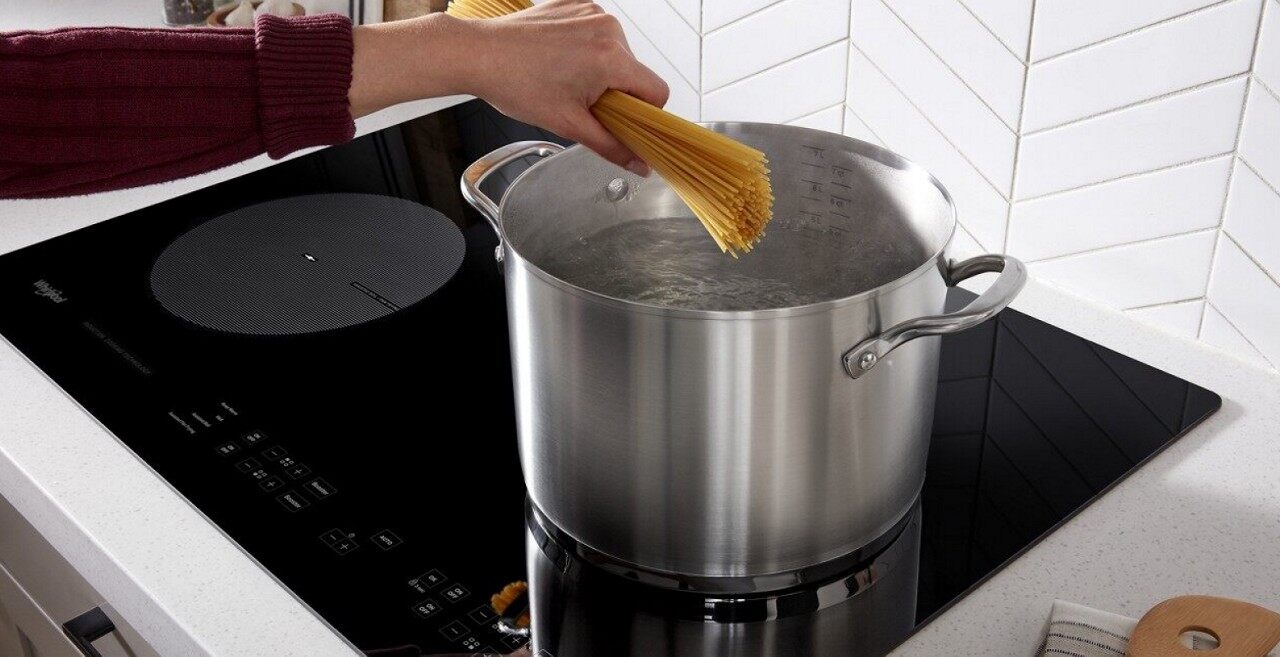
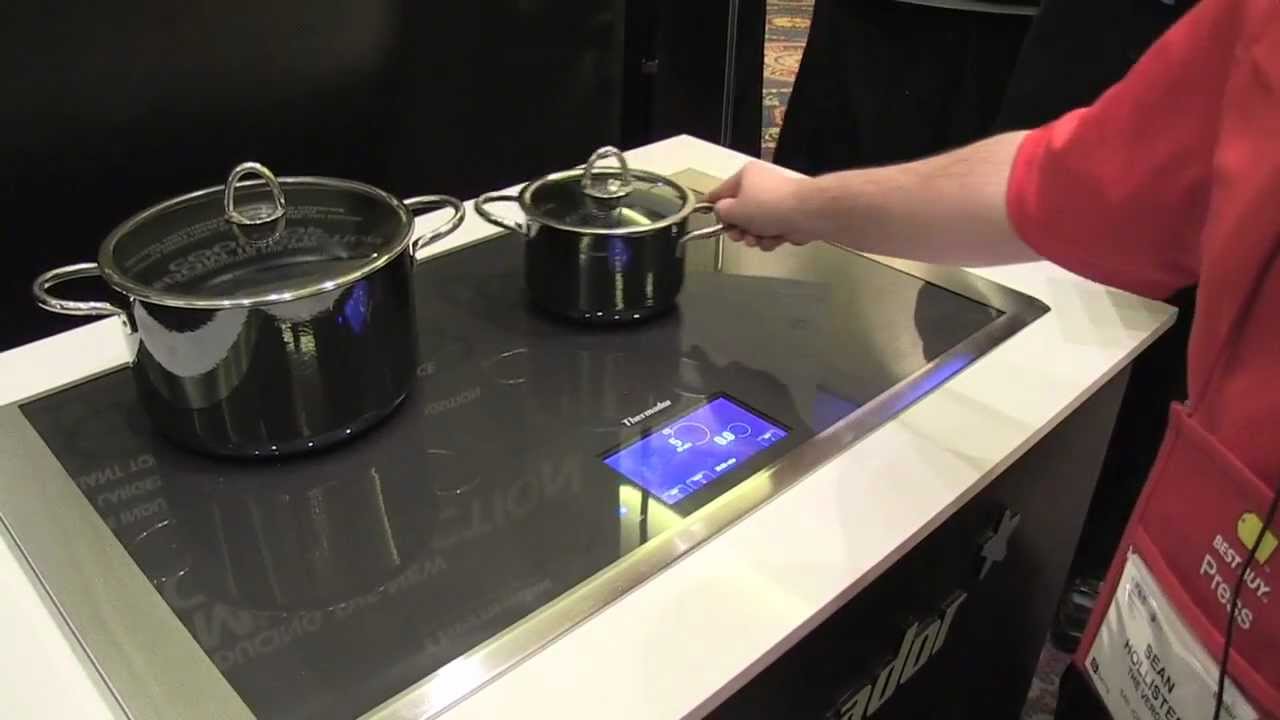
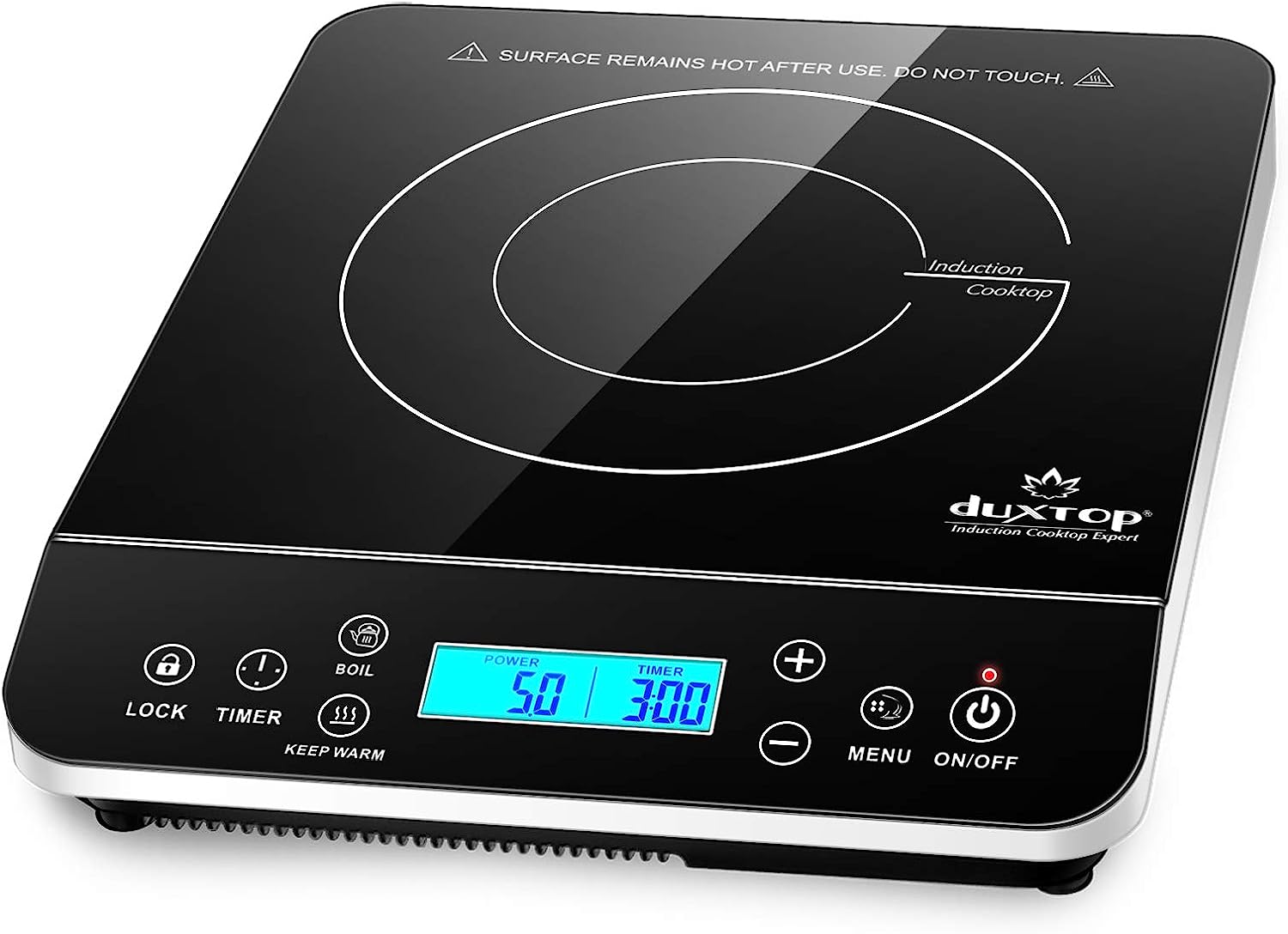
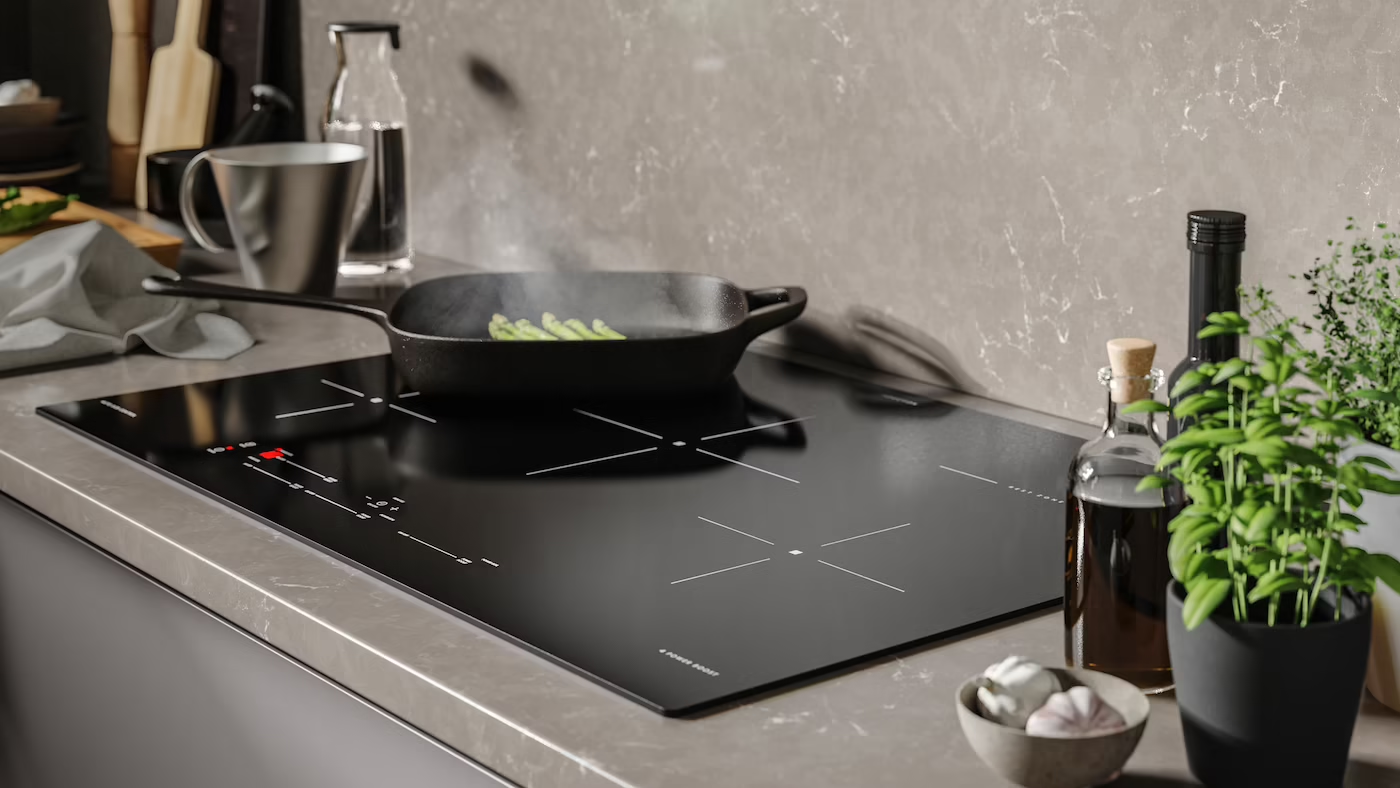
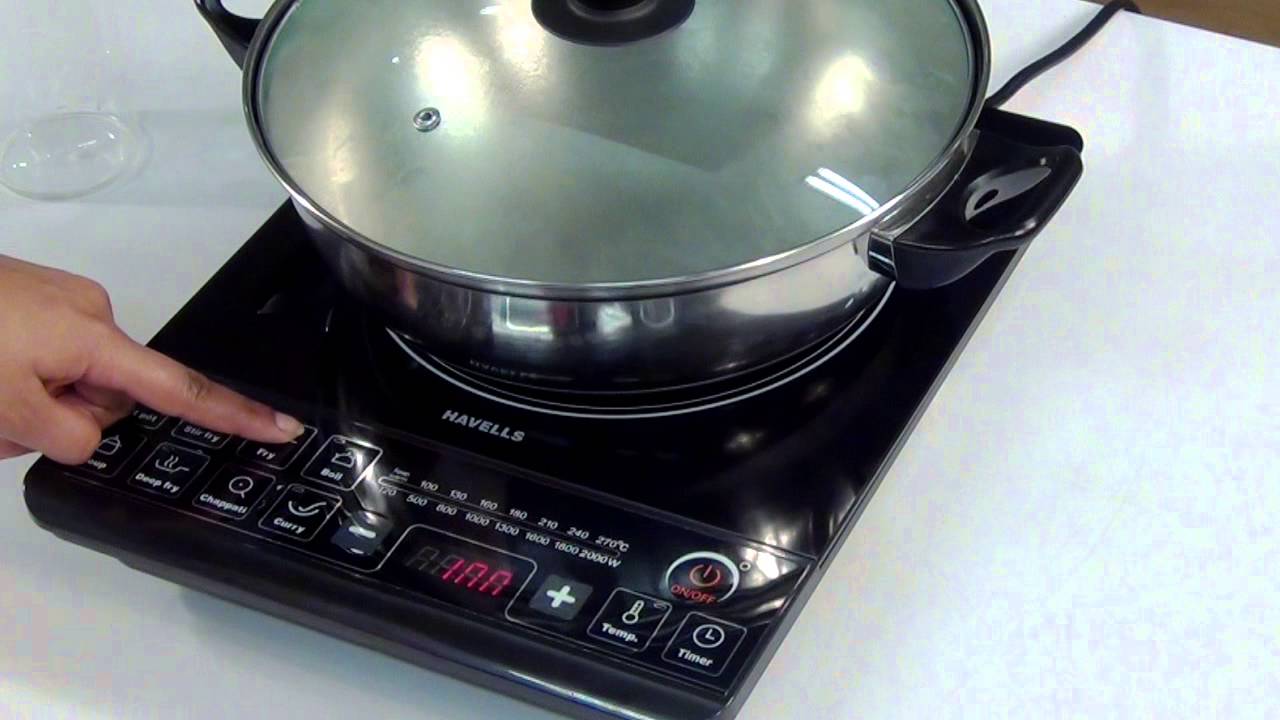

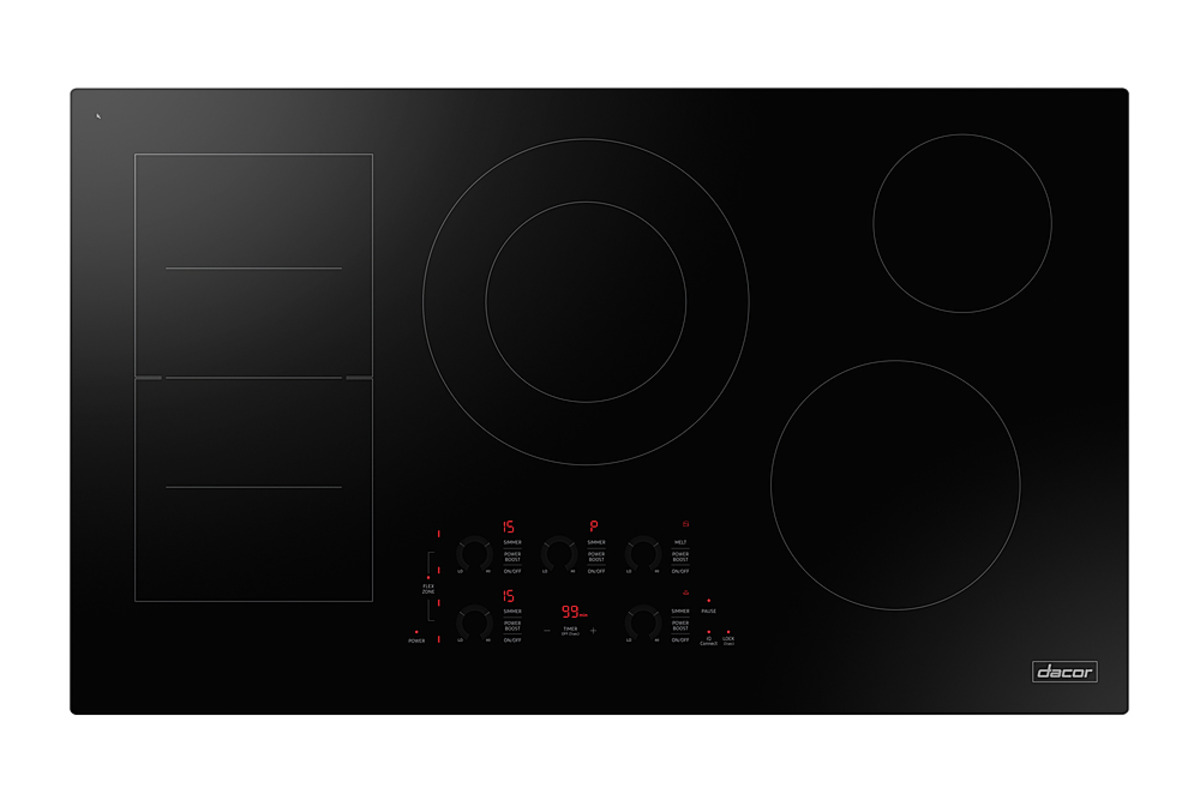
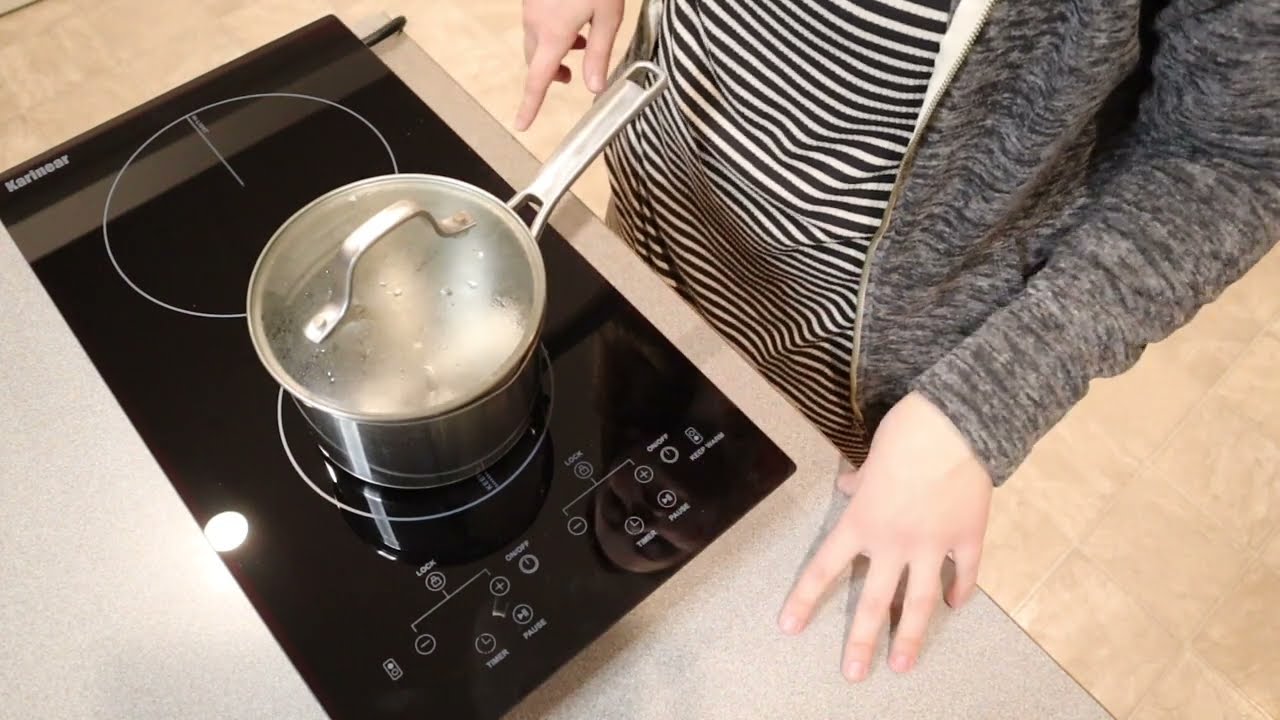
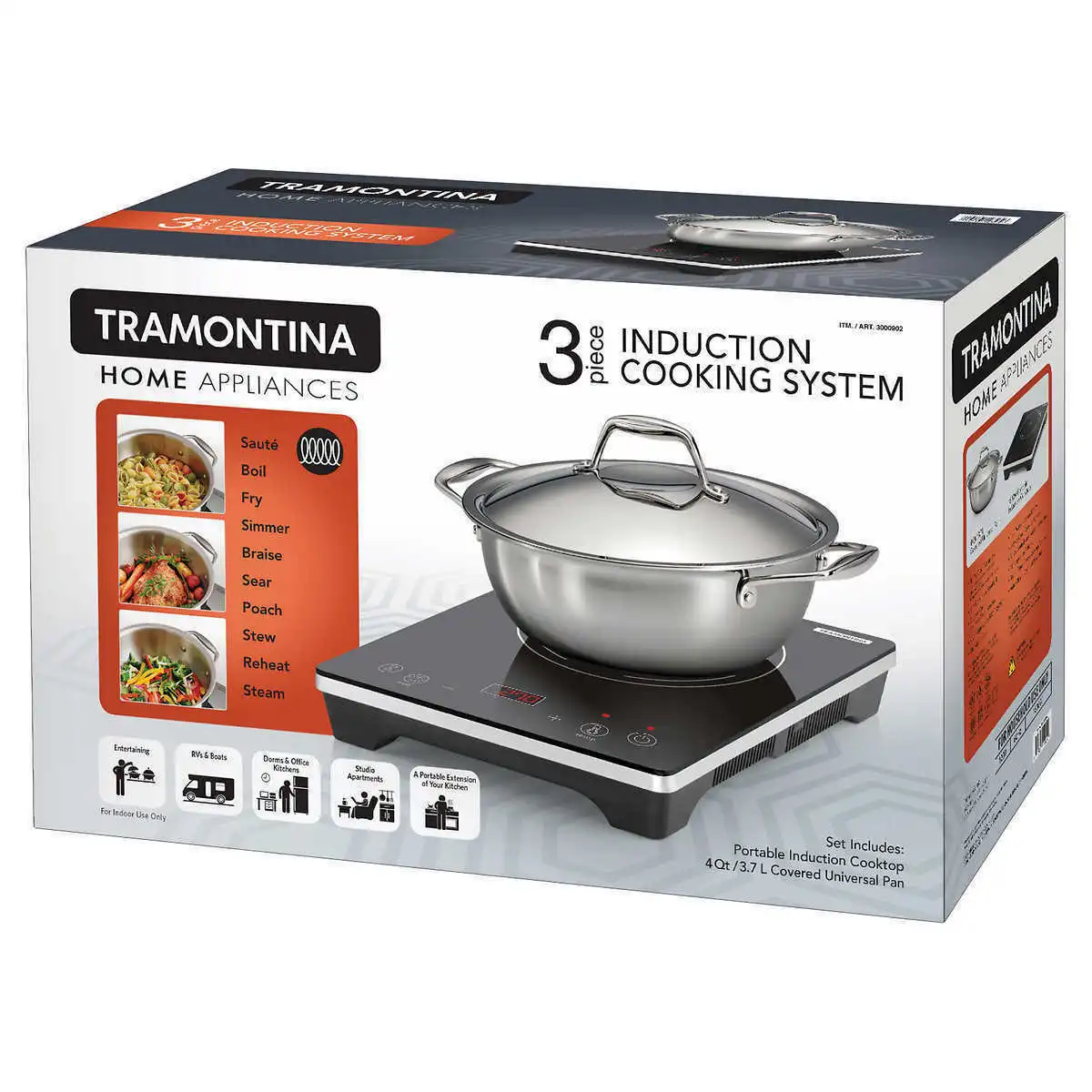
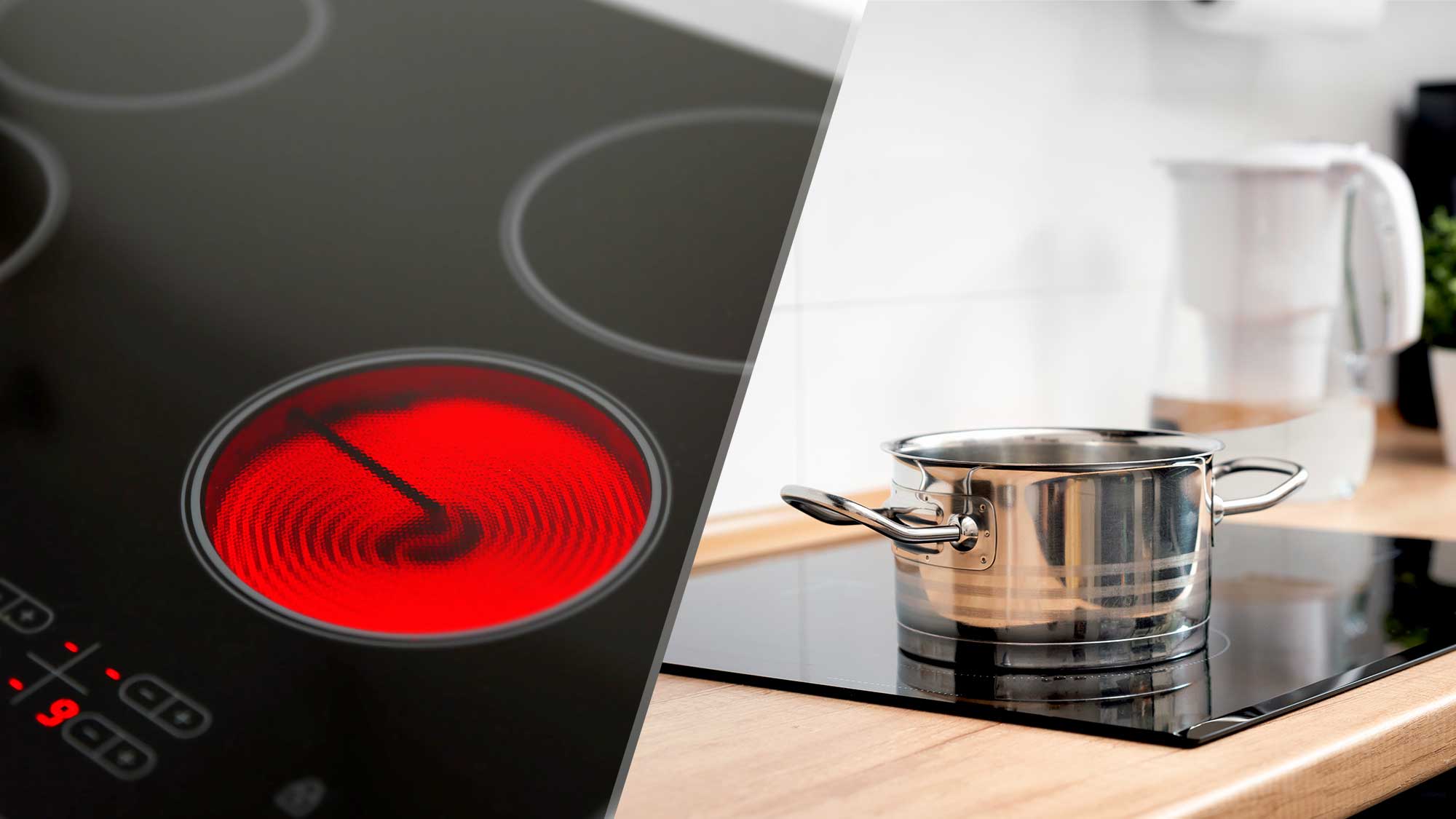
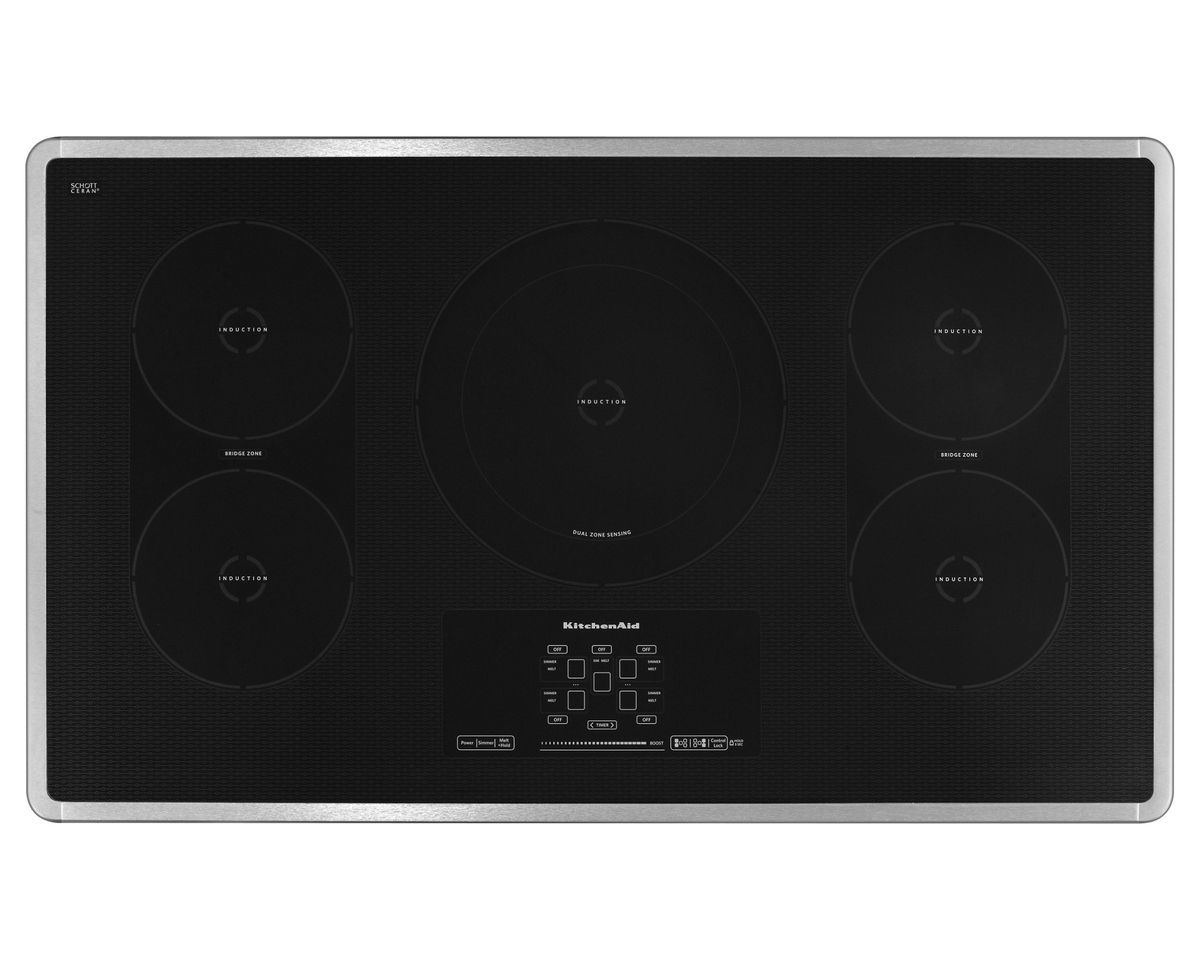
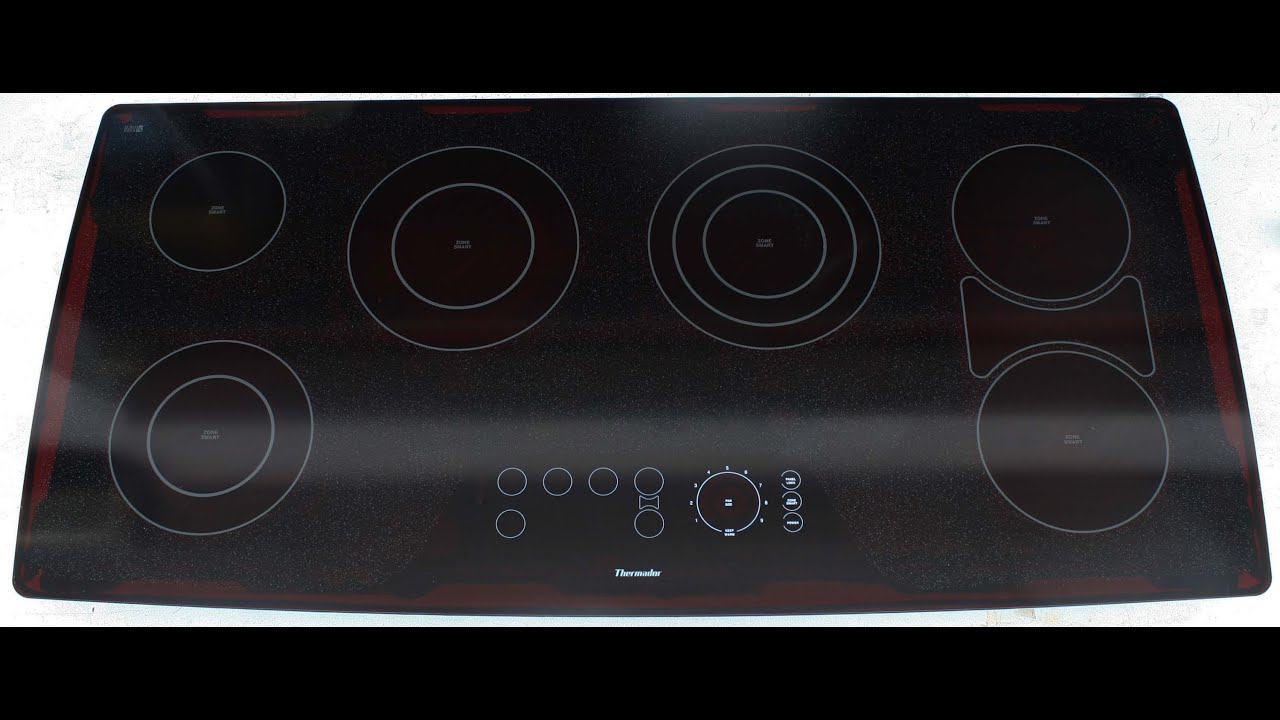
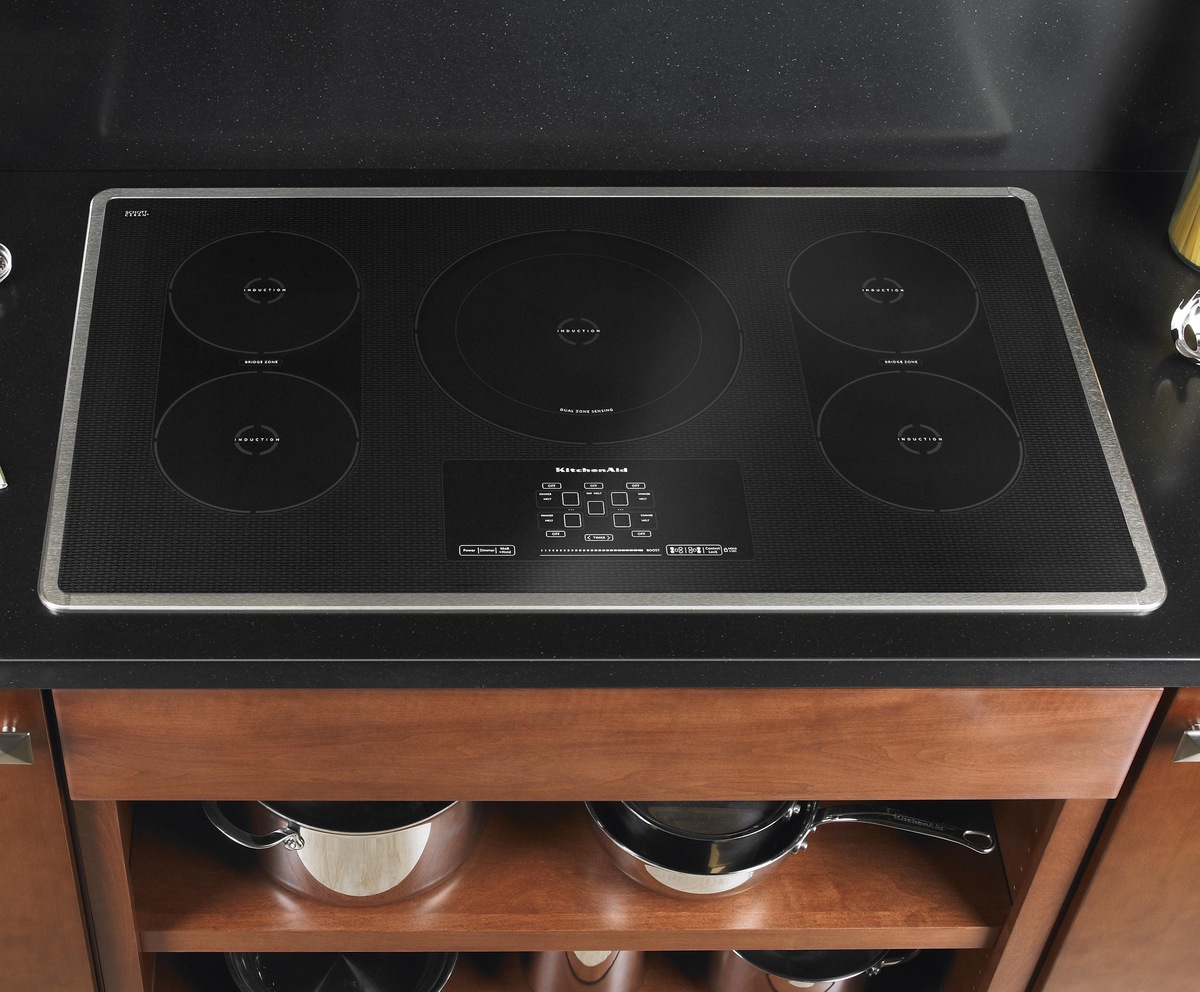

0 thoughts on “How To Use Kitchenaid Induction Cooktop”